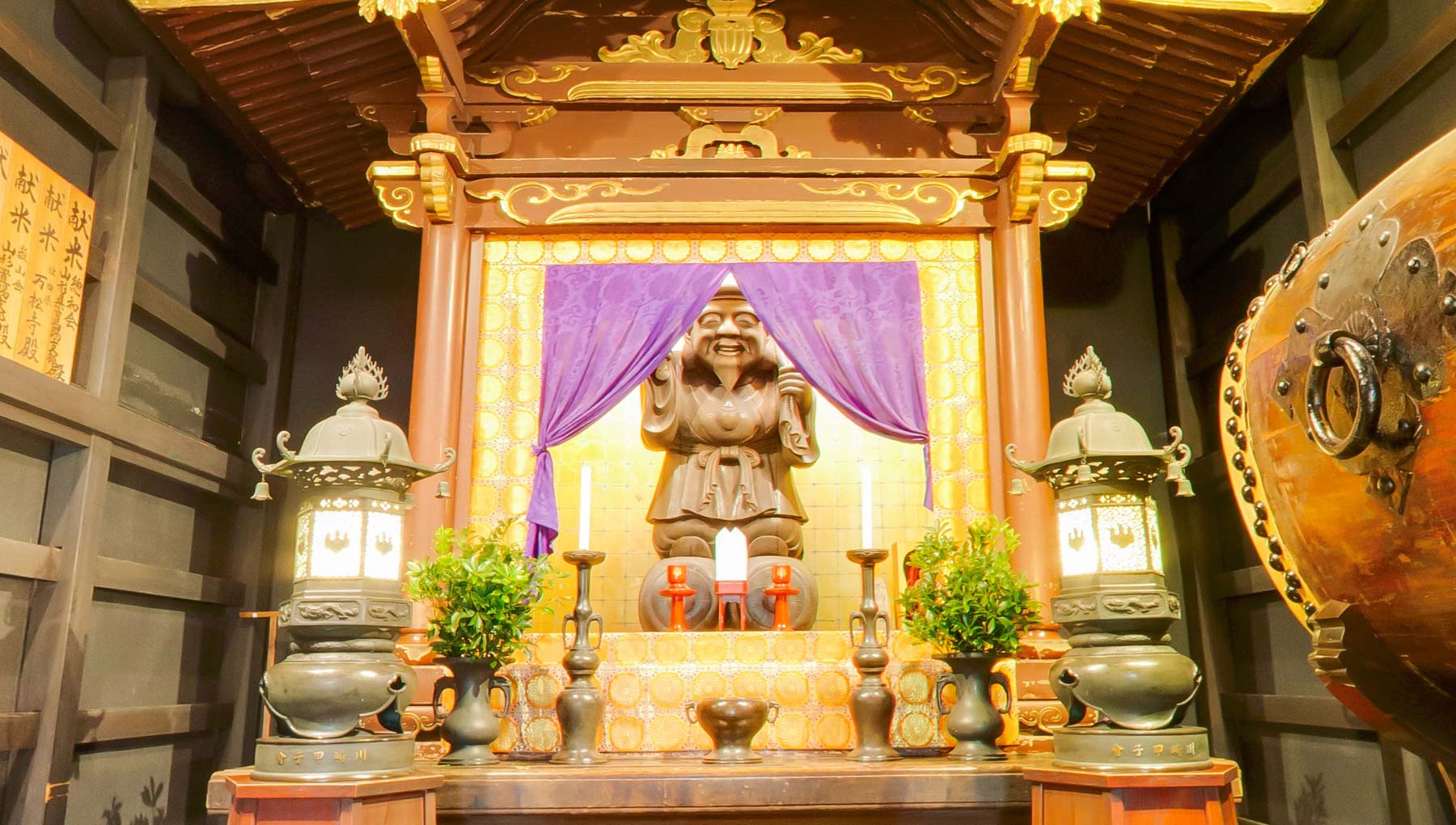Daikokusonten (Mahakala)
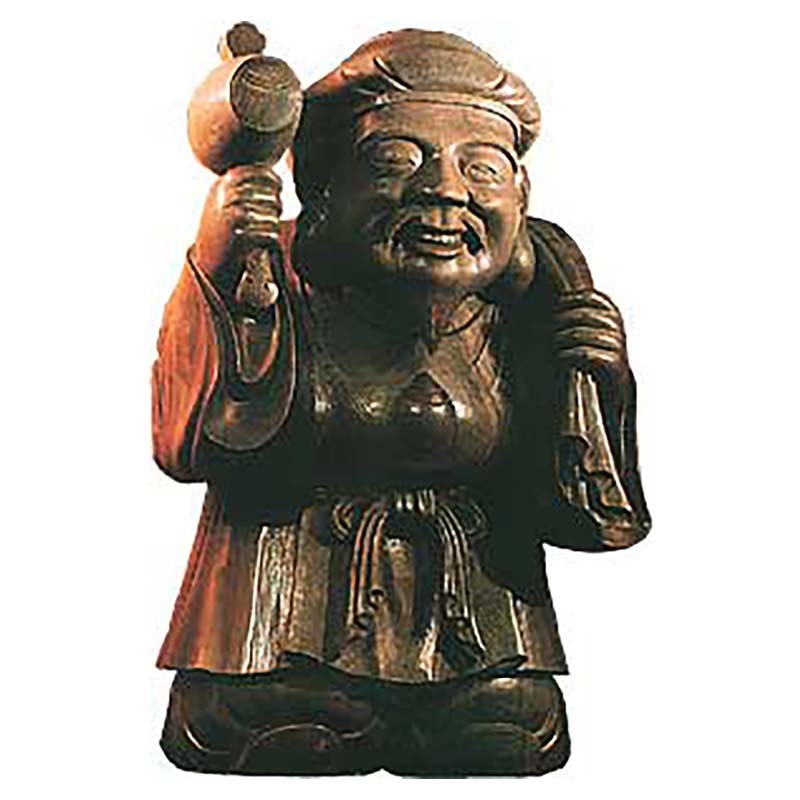
In the back of the main entrance of Sojiji called Kōshakudai, a statue of God Daikokusonten, height 180cm is deified. It is very familiar to those visiting for prayer.
This Daikokusonten was originally a god in India for protecting food and drinks. Afterwards he became a god of the kitchen in China and in Japan he became a god of kind luck in combination with God Okuninushinomikoto, the god harvest. And as a god that grants one’s wishes, then joined the 7 gods of luck called Shichifukujin. The “Shichifukujin mairi” habit (making pilgrimage to the 7 gods) started from the Edo period.
Especially Daikokusonten smiles warmly, wearing a cap, carrying a big sack on his left shoulder, holding a mallet (wooden hammer) for luck, standing on a rice barrel, and is familiar and believed in also at present.
Battabaradaibosatsu (Batuo Borneo bodhisattva)
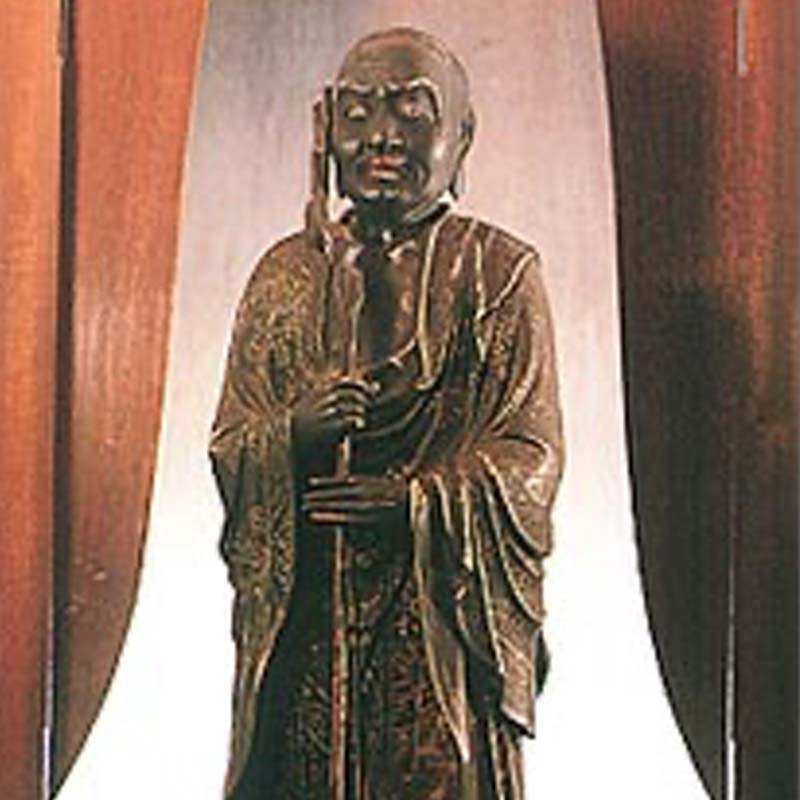
This Buddha is deified at the bathroom, had enlightenment by water and is installed in most Zen Buddhism temples. The bathroom is one of the 7 important constructions and is also one of the halls of “silence”; the other 2 are Zazen hall and washing room.
There are rules on entering the bathroom (monks daily rules are called “shingi” :
We have to say the prayer “mokuyokushintai toganshujō shinjinmuku naigekōketsu” and bowing 3 times to the bodhisattva.
Juntei kanzeon bosatsu (Cundi)
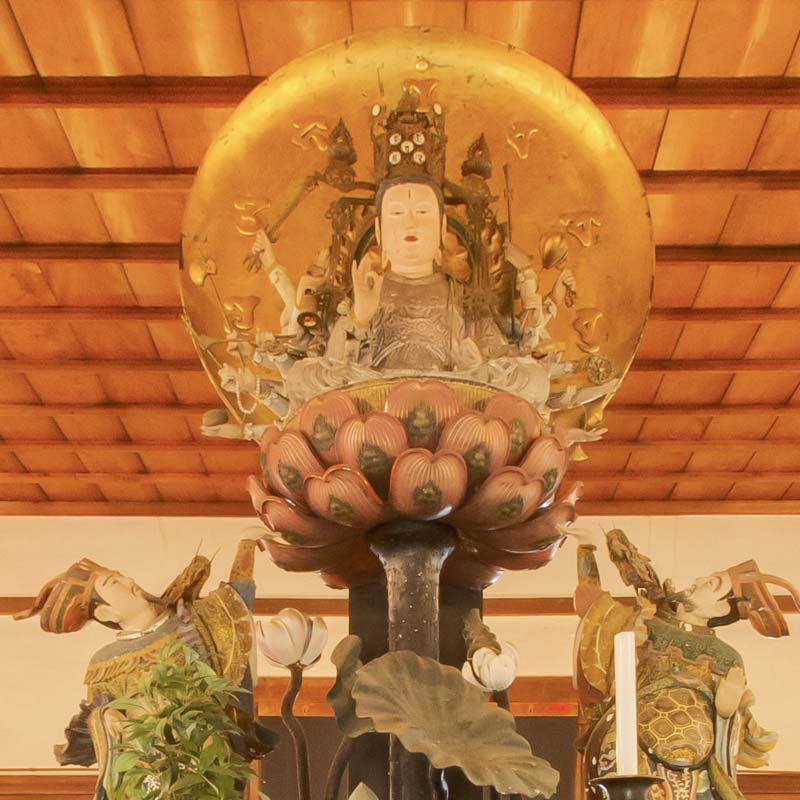
This Statue is deified in the center of Zazen hall for visitors. This bodhisattva is pronounced Cundi in Sanskrit, and was originally one of the primary female bodhisattva of India’s esoteric Buddhism and also called “Cundi mother Buddha”.
She is wearing a crown, usually has 3 eyes and 18 hands, and sitting on a lotus flower. On the left side of the lotus is the flame king, and the colophon flame king is on the right (Nanda ryūō and Batsu nanda ryūō in Japanese).
In Japan, as one of the 6 Avalokitesvaras, he is deeply believed in, not only for wisdom, but also protection from evil, long life and protection from fever.
The statue Birth of Shakyamuni Buddha (Shaka tanjō butsu)
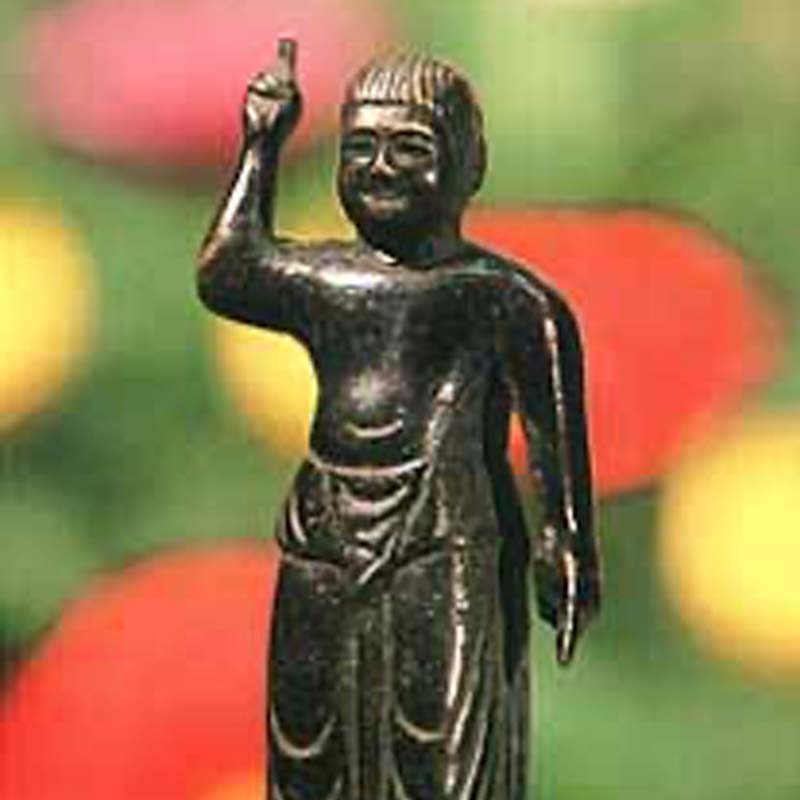
We celebrate the birth of Buddha on 8th April every year, the ceremony is usually called Kanbutsue. The history reaches back 1400 years to the era of Suiko Emperor. At the main hall Daisodo and the information center Koshyakudai an open box like a tiny temple, with the Shaka tanjō butsu in the center is decorated with many flowers. People splash sweet tea on it with a kind of ladle.
About the birth statue it is said, that Buddha Shakyamuni was born in the flower garden of Lumbini from mother Maya’s right side, walked 7 steps and chanted “Holy am I alone throughout heaven and earth (Tenjo tenga yuiga dokuson)”. A 9 headed dragon appeared at this moment and poured scented warm water onto Buddha and this is the start of the habit to splash sweet tea on the statue.
Lightening Boddhisatva (Hōkō Bosatsu)
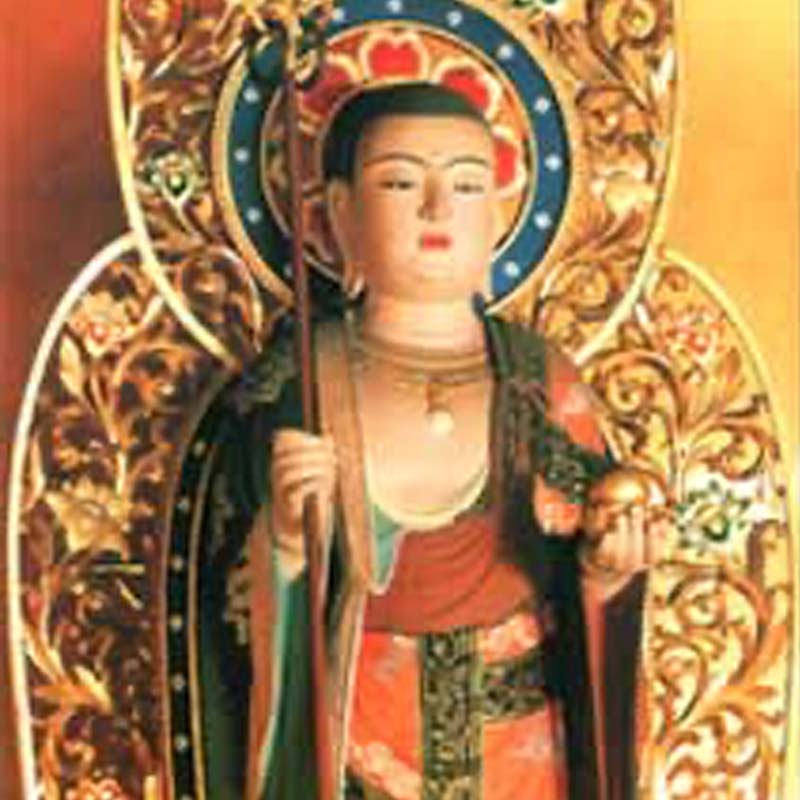
The Boddhisatva is enshrined inside a huge gate, on the upper floor. 4 devas and 16 arhats surround it.
Founder Keizan wrote “The history of Kannon-dō hall” (important cultural property) about the process of how Sojiji was established. According to this masterpiece, the “Shogaku Kannondo” (the temple) was donated to him in his dream and afterwards when he built Sojiji, the Guanyin (kannon) and the Kshitigarbha (Jizou) were enshrined. Furthermore, the 2 bodhisattvas always lightened the world so that people paid holy respect and named them “Lightening Bodhisattva” (Hōkō Bosatsu), this is the reason for enshrinement in the great gate (sanmon).
